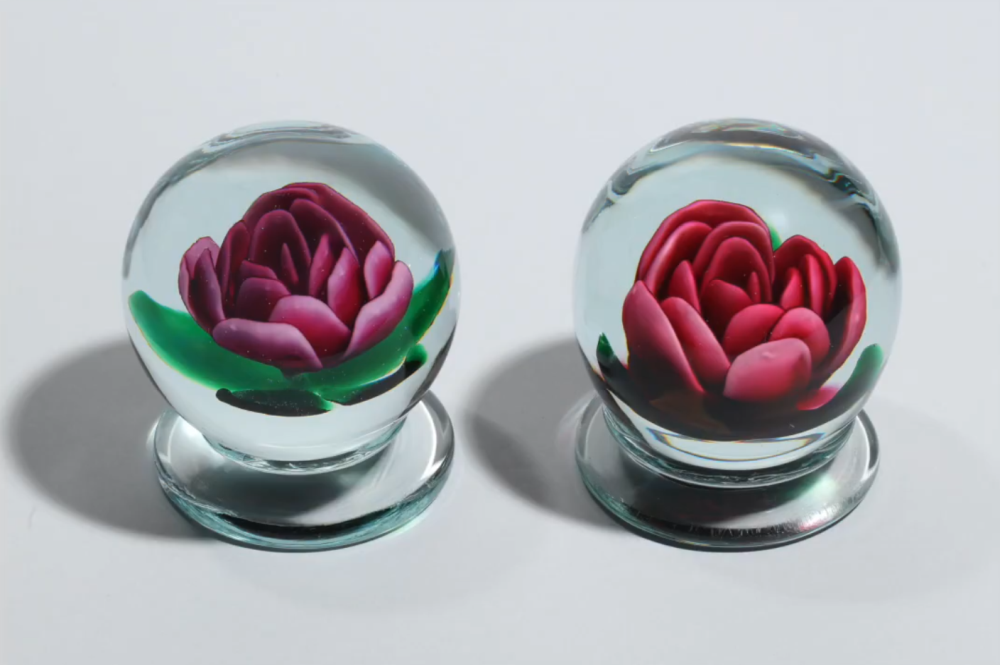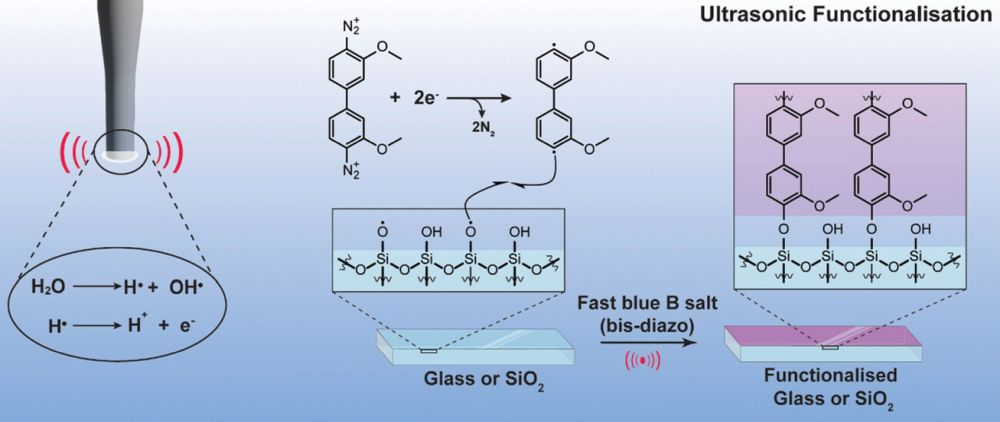New papers that have been accepted for publication in the Journal of the American Ceramic Society are posted to “Early View” on the Wiley website and can be read even before the issue is printed. Below are summaries of selected papers currently available via Early View.
All members of The American Ceramic Society receive free online access to the Journal, which is searchable back to 1918. To access any of the ACerS journals, or to become a member, visit www.ceramics.org.
 |
Determination of the Solubility of Tin in Indium Oxide Using In Situ and Ex Situ X-ray Diffraction This team of researchers from the United States and France presents a novel approach to determine the thermodynamic solubility of tin in indium oxide via exsolution from tin-overdoped nano-ITO powders using high-energy synchrotron X-ray diffractiometry. The team reports structural results, including compositional phase analysis, atomic positions and lattice parameters. It also reports experimental complications that can lead to incorrect tin solubility values. Image: Rietveld refinement of X-ray synchrotron diffraction data on sample 28 after heating to 1000°C for 1163 h. Credit: JACerS; Wiley. |
|
 |
Synthesis and Characterization of Rutile Nanocrystals Prepared in Aqueous Media at Low Temperature These Australian researchers synthesized rutile powder using a sol-gel process and Tyzor TE precursor in an aqueous solution at 40°C-50°C and characterized the microstructural evolution using several techniques. They report that the resulting powder was phase-pure rutile with a surface area of 144.7 square meters per gram, an average pore size of 24.9 nanometers and a pore volume of 0.66 cubic centimeters per gram. They also propose a reaction mechanism for the preferential evolution of rutile over amorphous or anatase polymorphs. Image: TEM images of the rutile powder: (a) low magnification image showing uniform morphology; (b) higher magnification image. Credit: JACerS; Wiley. |
|
 |
Damage Development in Confined Borosilicate and Soda-Lime Glasses This team of researchers from the Southwest Research Institute in Texas used borosilicate (Borofloat® 33) and soda-lime (Starphire®) glass to investigate the flow and failure behavior caused by compressive loading with confinement in order to study the damage process that occurs during projectile impact/penetration into transparent armor. The team proposes a damage mechanism. Image: Removal of the confining sleeve/holder was necessary to view in-situ damage following compression testing of: (a) Confined sleeve specimen-end view, (b) Triaxial compression specimen-lengthwise view. Credit: JACerS; Wiley. |
|
 |
Enhancement of Photoluminescence and Color Purity of CaTiO3:Eu Phosphor by Li Doping This Taiwan National Cheng Kung University research team synthesized red phosphors of Ca1-3/2xEuxLixTiO3 and Ca1-2xEuxLixTiO3 (0 < x ≤ 0.3) with high color purity using a solid-state method. The team reports that color coordinates approach the ideal red chromaticity values with increasing Eu3+ and Li+ contents. Image: SEM images of (a) Ca1-3/2xEuxTiO3 and (b) Ca1-2xEuxLixTiO3 (x = 0.15). Credit: JACerS; Wiley. |
|
 |
CuInS2/N3 Co-Sensitized ZnO Nanorods with Improved Photovoltaic Properties for Solar Cells These researchers from China’s Tianjin Institute of Urban Construction used a solution reaction and ZnO nanorod arrays to synthesize ZnO/CuInS2 arrays. N3 dye was sequentially assembled on the arrays to construct a cascading cosensitized nanomaterial for use as a photoanode of a solar cell. The researchers report a 24.8 percent enhanced efficiency compared with material single sensitized by N3 because of abundant light harvesting, higher chemical instability in acid dye, fast injection and transmission velocity, and the slowdown recombination of photo-excited electrons. Image: SEM image (a) and XRD pattern (b) of ZnO/CuInS2 core/shell nanorods. Credit: JACerS; Wiley. |
|
 |
Processing and Properties of Textured Potassium Strontium Niobate (KSr2Nb5O15) Ceramic Fibers-Texture Development These researchers from Turkey fabricated highly textured KSr2Nb2O15 fibers using an alginate gelation method and templated grain growth using acicular template particles prepared by molten salt synthesis. They report that they obtained a maximum degree of orientation of 0.95 (measured by Lotgering factor) and a grain orientation distribution 0.28 (measured by rocking curve analysis). Image: Schematic depiction of the fiber drawing, template alignment, and gelation processes in the alginate gelation method. Credit: JACerS; Wiley. |
|
Author
Eileen De Guire
CTT Categories
- Basic Science
- Electronics
- Glass
- Nanomaterials


